We’ve all been there—staring at a half-empty takeout container, wondering if it’s worth saving for tomorrow’s lunch. Most people automatically stuff leftovers into the fridge, thinking they’re being smart about food waste.
However, some foods become dangerous when stored as leftovers, even when properly refrigerated. Knowing which foods to toss immediately can protect your family from serious foodborne illness.
1. Cooked Rice
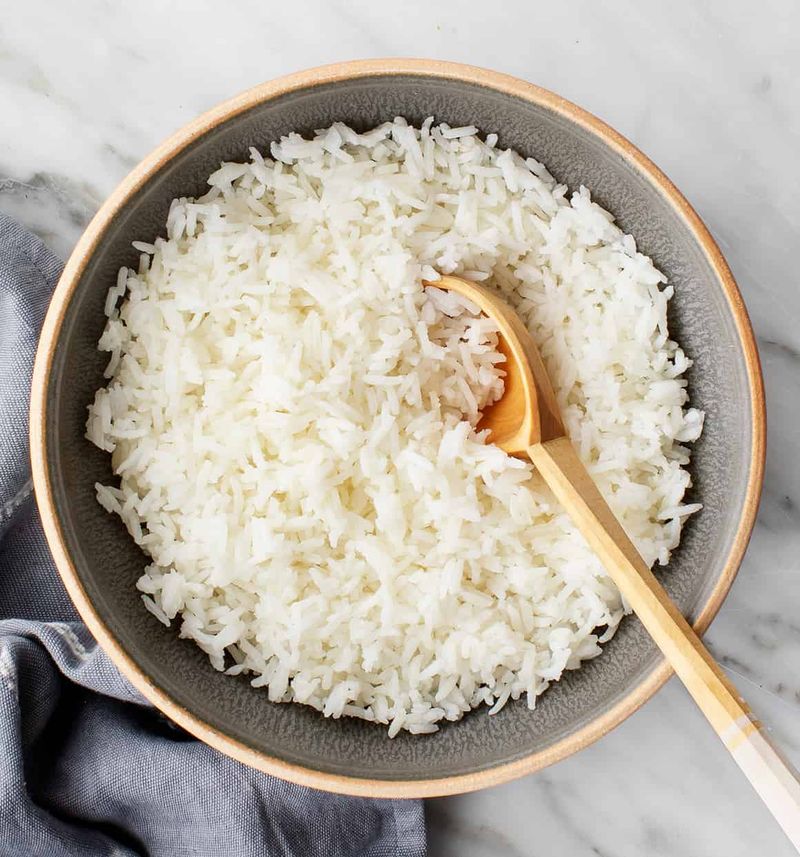
Bacillus cereus spores survive cooking and multiply rapidly in cooked rice at room temperature. Many people leave rice sitting out for hours before refrigerating, creating perfect conditions for bacteria growth.
Reheating won’t eliminate the toxins these bacteria produce. Food poisoning from rice can cause severe vomiting and diarrhea within hours of eating.
Restaurant rice dishes are especially risky since you don’t know how long they’ve been sitting. When in doubt, throw leftover rice away rather than risk getting sick from something so seemingly harmless.
2. Seafood and Fish
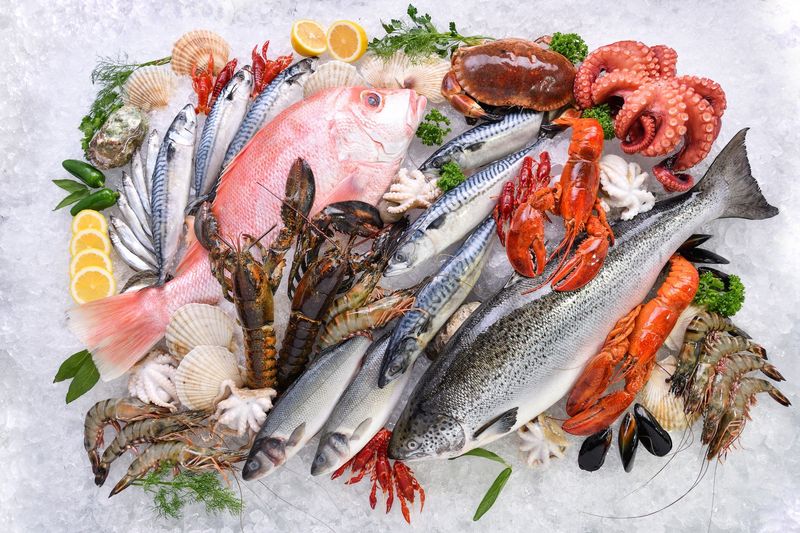
Fish and shellfish spoil incredibly quickly, developing harmful bacteria even when refrigerated properly. The delicate proteins break down fast, creating an ideal environment for dangerous microorganisms.
Leftover seafood often develops a fishy smell that people mistake for normal. This odor actually signals bacterial growth that can cause serious food poisoning.
Shellfish like shrimp, crab, and lobster are particularly risky because they’re filter feeders that concentrate toxins. Even expensive restaurant seafood becomes hazardous within hours of cooking, making those pricey leftovers a gamble with your health.
3. Mushroom Dishes
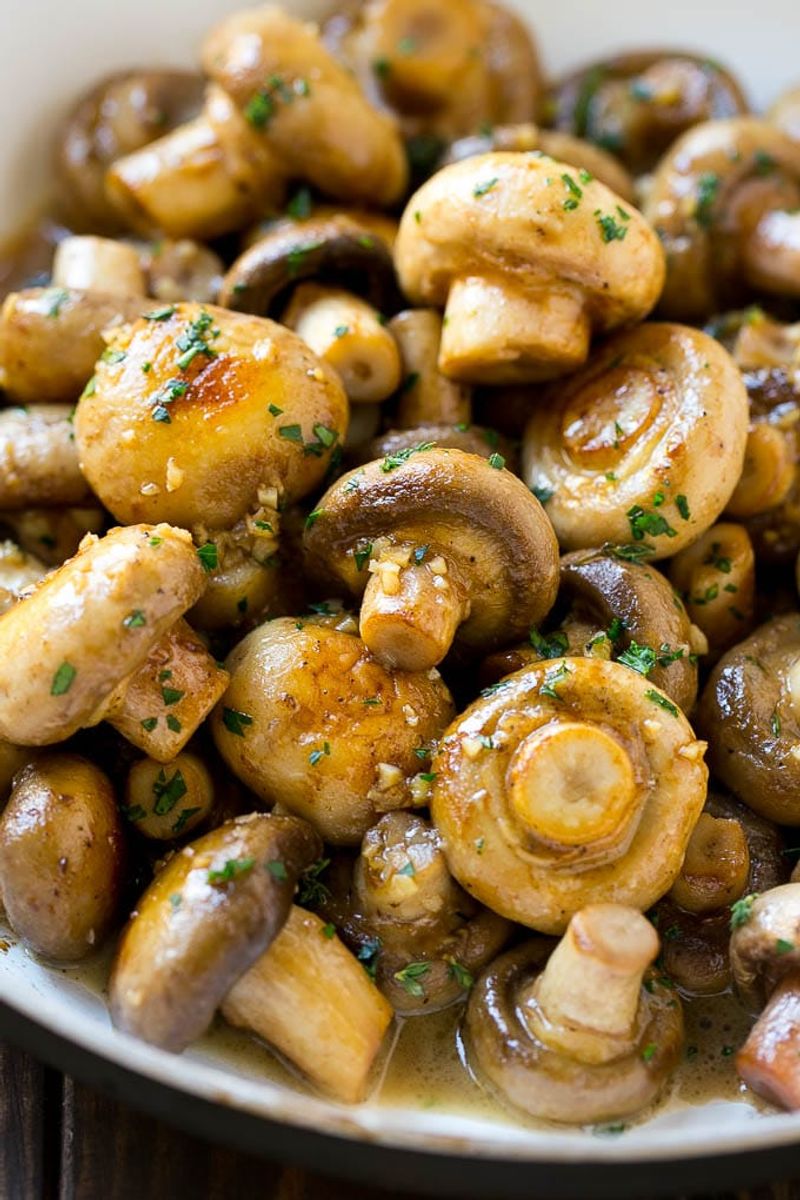
Mushrooms contain proteins that deteriorate rapidly after cooking, producing compounds that can upset your digestive system. Professional chefs rarely save mushroom preparations for this exact reason.
Reheating mushrooms changes their cellular structure, potentially creating substances that cause stomach pain and nausea. Wild mushrooms are especially dangerous as leftovers.
Store-bought mushrooms might seem safer, but they still develop harmful bacteria quickly once cooked. Pizza with mushrooms, pasta dishes, and stir-fries containing fungi should be consumed immediately or discarded to avoid unpleasant digestive consequences.
4. Egg-Based Foods

Salmonella thrives in egg-based dishes, multiplying rapidly even under refrigeration. Scrambled eggs, quiches, and egg salad become bacterial breeding grounds within hours of preparation.
Room temperature eggs are extremely dangerous, yet many people leave breakfast leftovers sitting out while getting ready for work. This common habit creates perfect conditions for foodborne illness.
Mayonnaise-based dishes containing eggs are double trouble, combining two ingredients that spoil quickly. Restaurant breakfast leftovers are particularly risky since you can’t control how fresh the eggs were or how they were stored before cooking.
5. Dairy-Heavy Sauces
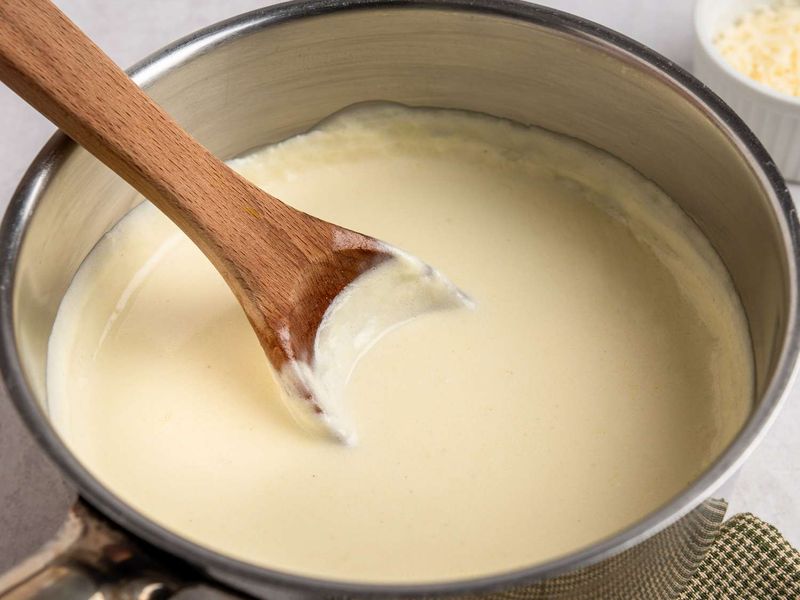
Cream sauces, cheese-based dishes, and dairy-rich foods develop harmful bacteria incredibly fast. Alfredo pasta, creamy soups, and cheese-laden casseroles become dangerous within hours of cooking.
Dairy proteins break down quickly, creating an environment where bacteria multiply exponentially. Reheating doesn’t eliminate all the toxins these microorganisms produce during storage.
Restaurant cream sauces are especially risky because they often sit under heat lamps for extended periods before serving. That delicious fettuccine alfredo might taste fine reheated, but it could harbor enough bacteria to cause serious digestive distress and food poisoning symptoms.
6. Leafy Green Salads
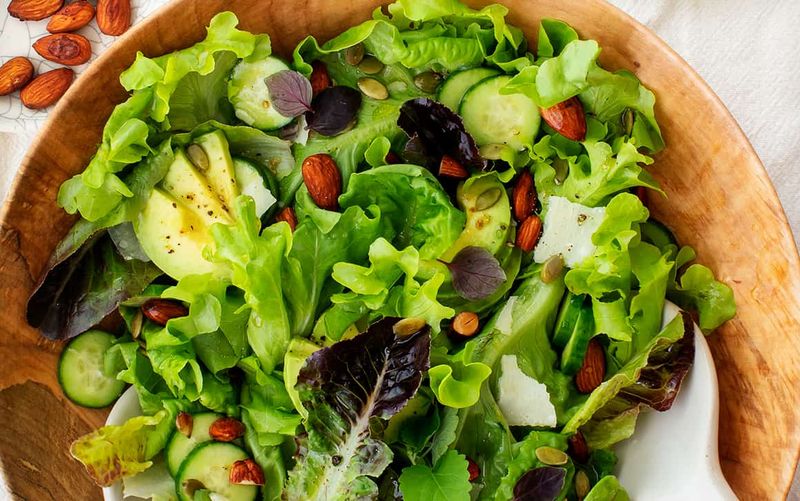
Pre-dressed salads become soggy breeding grounds for E. coli and other dangerous bacteria. Lettuce, spinach, and other greens break down rapidly once mixed with dressing, creating perfect conditions for contamination.
Bagged salad mixes are particularly risky because they’re processed in facilities where cross-contamination easily occurs. Adding dressing accelerates bacterial growth exponentially.
Restaurant salads often contain ingredients that have been sitting out for hours before assembly. The combination of moisture, room temperature exposure, and multiple ingredients makes leftover salads a recipe for foodborne illness that’s simply not worth the risk.
7. Cooked Potatoes
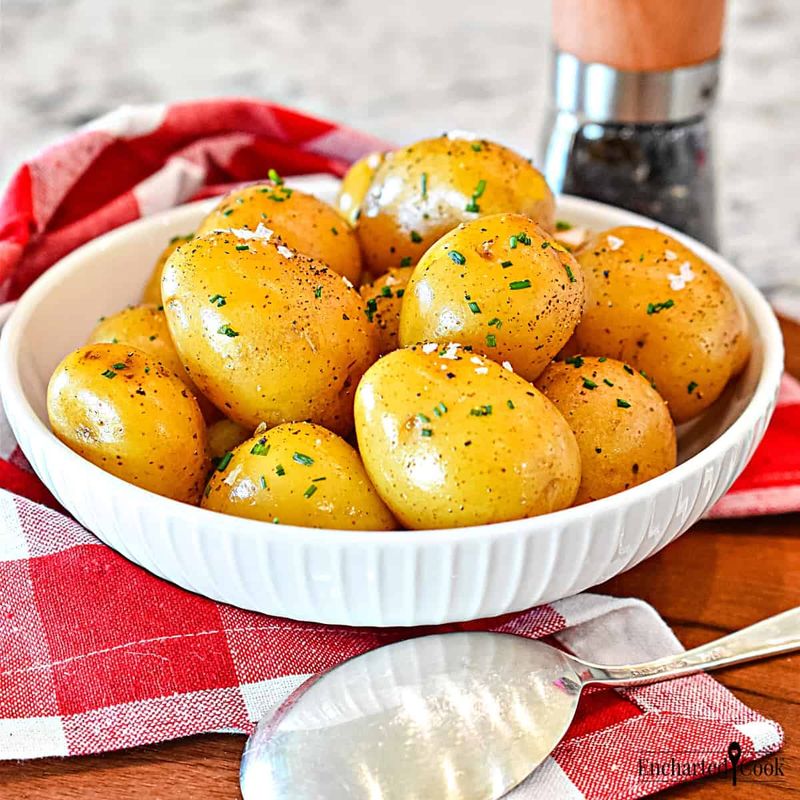
Potatoes wrapped in foil or stored improperly can develop botulism, a potentially fatal form of food poisoning. The starchy environment creates ideal conditions for this dangerous bacteria to flourish.
Baked potatoes left at room temperature become particularly hazardous. Many people don’t realize that potatoes need proper cooling and storage to remain safe for consumption.
Potato salad and mashed potatoes are double trouble, combining starchy potatoes with dairy or mayonnaise. These popular side dishes become bacterial playgrounds within hours, making them extremely dangerous as leftovers despite their innocent appearance and widespread popularity at gatherings.
8. Stuffed Poultry
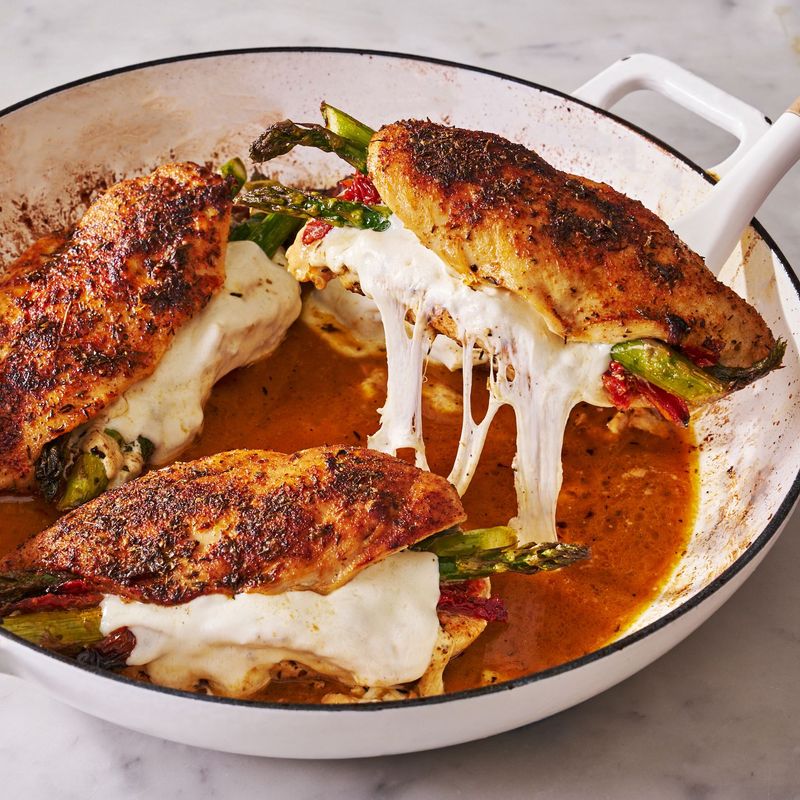
Stuffing inside poultry creates a dangerous environment where bacteria can survive cooking and multiply rapidly. The dense, moist stuffing often doesn’t reach safe temperatures during cooking.
Leftover stuffed chicken or turkey is particularly risky because the stuffing acts like a bacterial incubator. Even when the meat appears properly cooked, the interior stuffing may harbor dangerous microorganisms.
Professional food safety experts recommend never saving stuffed poultry as leftovers. The combination of meat juices, bread, and seasonings creates perfect conditions for salmonella and other bacteria to thrive, making this comfort food a serious health hazard when stored.
9. Bean and Legume Dishes
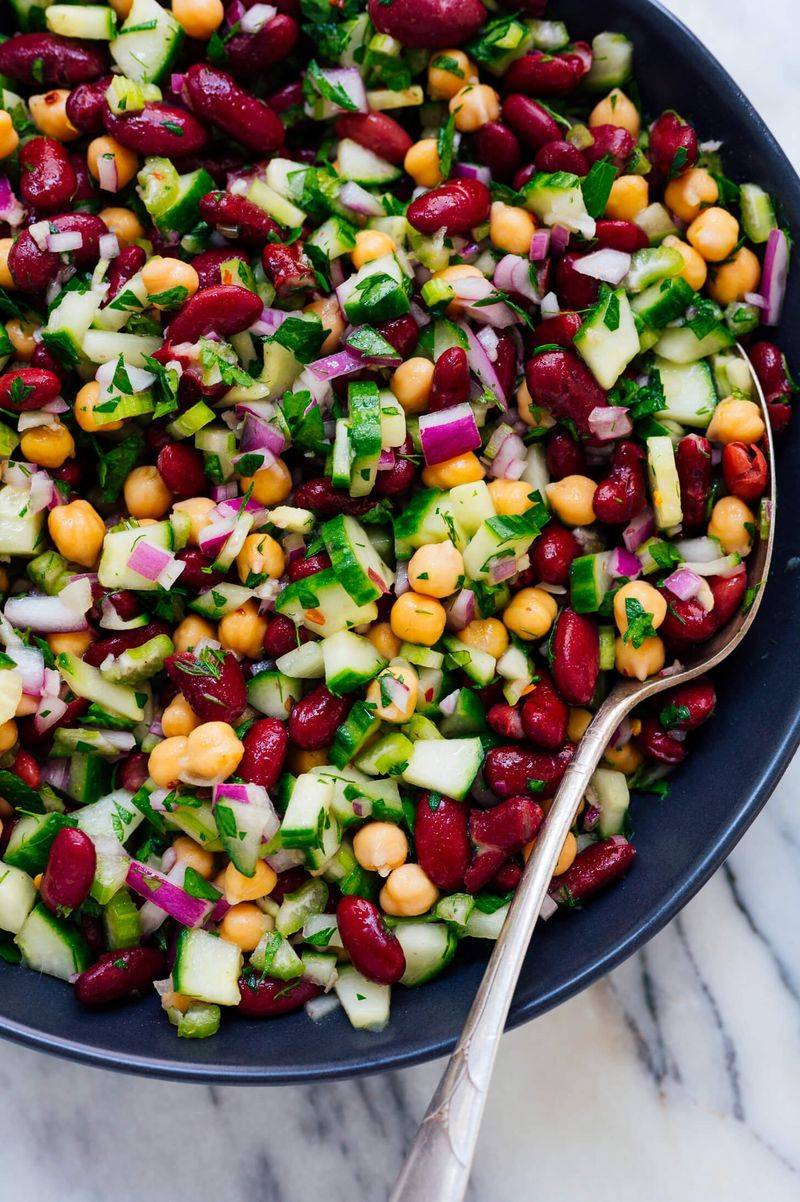
Cooked beans and lentils ferment quickly, producing gases and toxins that cause severe digestive upset. The high protein content makes them perfect breeding grounds for harmful bacteria.
Hummus, bean dips, and legume-based dishes develop dangerous bacteria within hours of preparation. Many people don’t realize that these healthy foods become hazardous so quickly.
Restaurant bean dishes are especially risky because they’re often kept warm for extended periods before serving. That delicious three-bean chili or lentil soup might seem harmless, but storing it as leftovers can result in painful gas, bloating, and potential food poisoning from bacterial contamination.
10. Opened Canned Foods
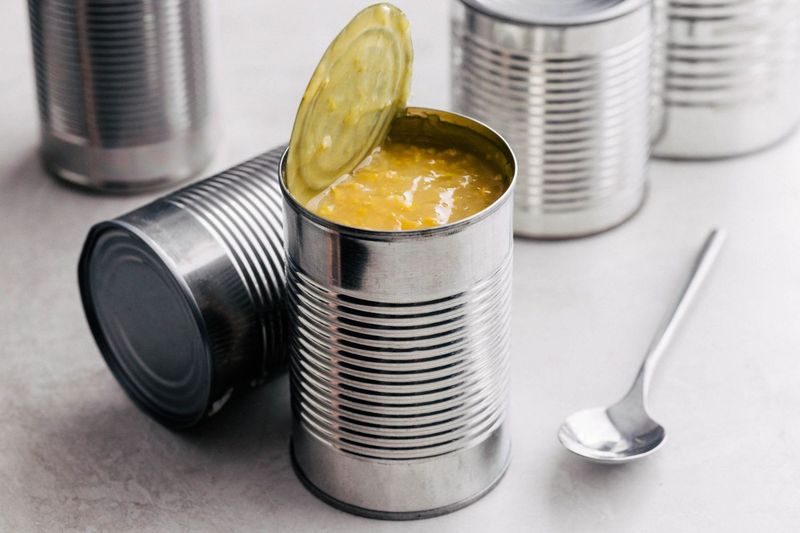
Once opened, canned foods lose their protective seal and become vulnerable to rapid bacterial contamination. The metal container actually accelerates spoilage once exposed to air.
Leftover canned tomatoes, vegetables, and sauces develop harmful bacteria much faster than fresh equivalents. Many people wrongly assume canned foods stay safe longer because they were originally preserved.
Transferring to plastic containers doesn’t solve the problem since the damage occurs immediately upon opening. Restaurant dishes made with canned ingredients carry the same risks, making these seemingly shelf-stable foods surprisingly dangerous when stored as leftovers after preparation.
Leave a comment